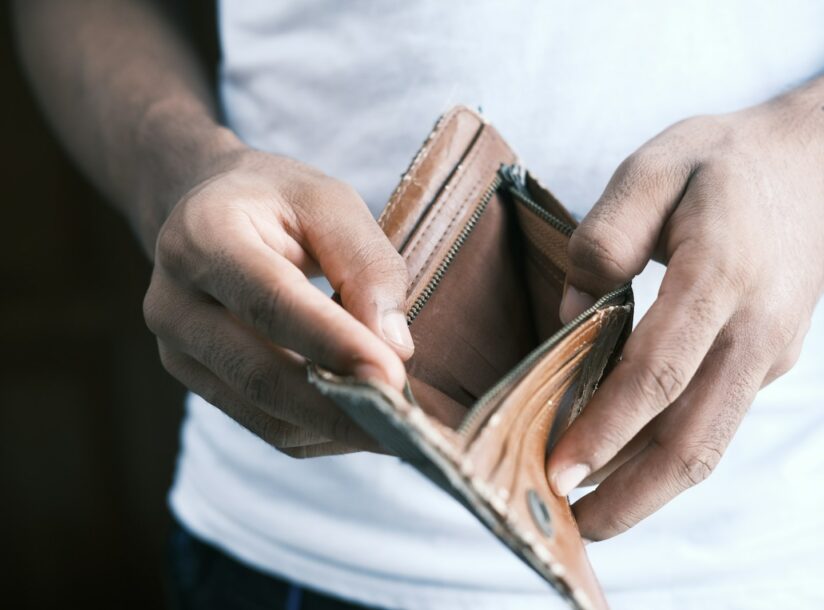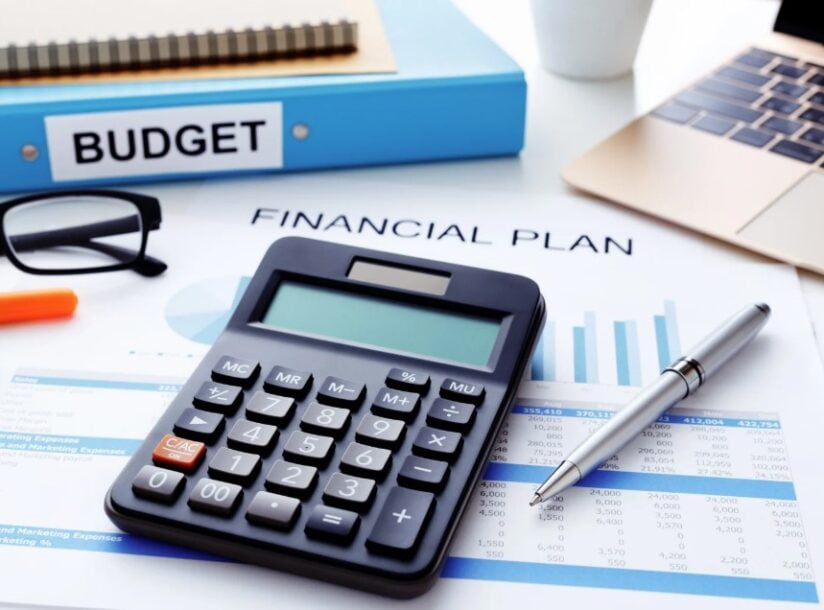CERB Debt Solutions That Actually Work

When COVID-19 hit, the Canada Emergency Response Benefit (CERB) helped millions of Canadians get by. But now, years later, many are still dealing with CERB debt and being asked to pay that money back.
If you’ve received a notice from the Canada Revenue Agency (CRA) saying you owe CERB money—or you already know you do—here’s what you need to know about CERB debt, CRA repayment expectations, and what you can do if you can’t afford to repay your CERB debt.
What is CERB Debt?
CERB was rolled out quickly in 2020, and the rules weren’t always clear. Many people received the benefit thinking they were eligible, only to find out later they weren’t. This could have happened if:
- You didn’t earn enough income in 2019 or the year before you applied.
- You applied through both Service Canada and the CRA by mistake.
- You went back to work but kept receiving CERB.
- You received other COVID benefits at the same time.
In these cases, the CRA may ask you to repay some or all of the money.
What’s Happening with CERB in 2025
The CRA has not forgiven CERB debt and are still following up with people who need to repay CERB. This year, you may notice:
- More letters or reminders from the CRA.
- Your tax refund, GST credit, or other benefits being used to pay down your CERB balance.
- CRA collections getting involved if you’ve ignored past notices.
There’s no interest charged on CERB itself, but if you don’t respond or take action, the CRA could use stronger collection tools—like freezing your bank account or garnishing your wages.
What If You Can’t Afford to Pay Your CERB Debt Back?
If repaying CERB feels impossible, take a deep breath—there are options.
1. Talk to the CRA
You can call and ask for a payment plan. They may be able to set up monthly payments based on what you can afford.
2. Apply for Relief (in some cases)
If you’re facing serious financial hardship, the CRA might reduce or cancel the debt under its Taxpayer Relief Provisions. This isn’t common, but it’s worth exploring if you qualify.
3. Look into Debt Solutions
A Licensed Insolvency Trustee (LIT) can help you find a lasting solution to your CERB debt, as well as any other unsecured debts you may have. Two common options include:
- A consumer proposal: You make affordable monthly payments to cover part of your debt, and the rest is forgiven. It also stops CRA collections.
- Filing for bankruptcy: In many cases, this clears unsecured debt—including CERB debt—and gives you a fresh start.
Can CERB Debt Be Included in a Consumer Proposal or Bankruptcy?
Yes. CERB debt is unsecured, meaning it can be included in a proposal or bankruptcy just like credit card or payday loan debt.
The only time it might not be cleared is if the CRA believes there was fraud or intentional dishonesty. That’s rare—but an LIT can give you guidance if that applies.
FAQs
Q: I applied for CERB in good faith. Why do I have to repay it?
A: Even if you thought you qualified, the CRA may have later decided you didn’t meet the rules. You’re still responsible for repayment.
Q: Can I negotiate the amount I owe to the CRA?
A: The CRA doesn’t usually reduce the amount directly, but you may be able to lower it through a consumer proposal.
Q: Will owing CERB affect my credit?
A: Not right away. But if it goes to collections, it could impact your credit score.
CERB helped during a tough time, but repaying it has become a challenge for many Canadians. Ignoring CRA letters won’t make the problem go away—and in fact, it could make things worse.
If you’re struggling with CERB debt or other financial issues, we encourage you to speak with a Licensed Insolvency Trustee. A free, confidential consultation can help you understand your rights, explore your debt relief options, and get the fresh start you deserve.


